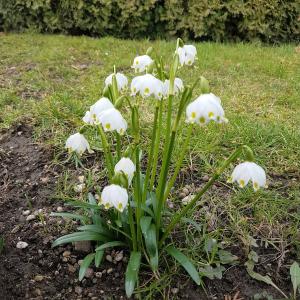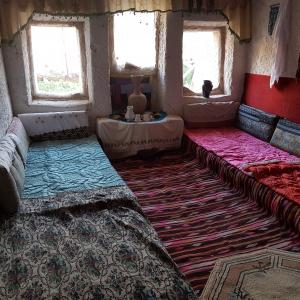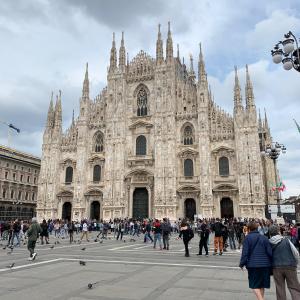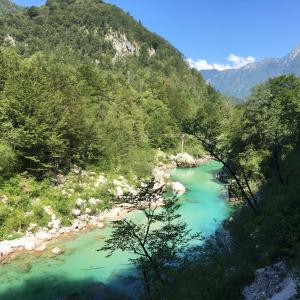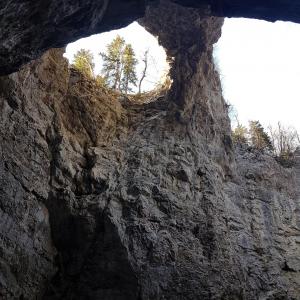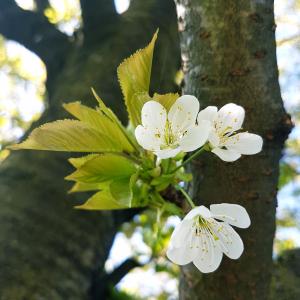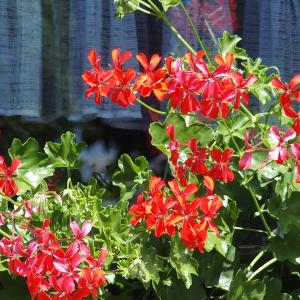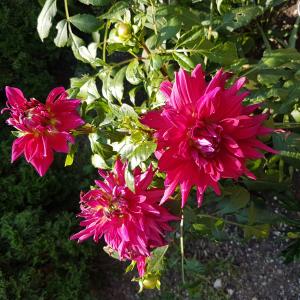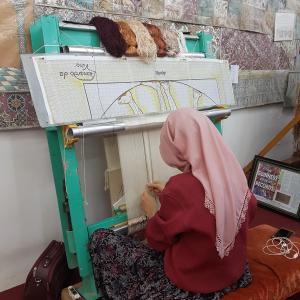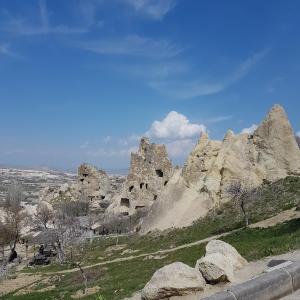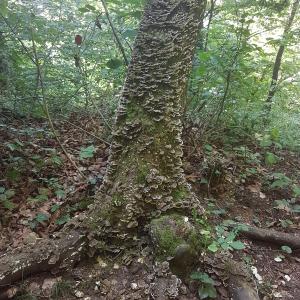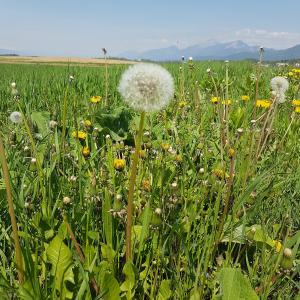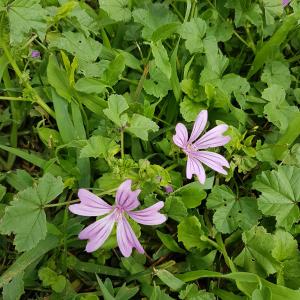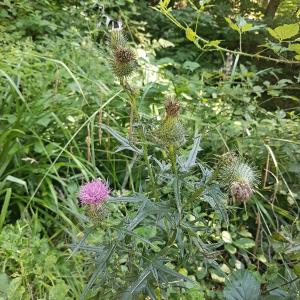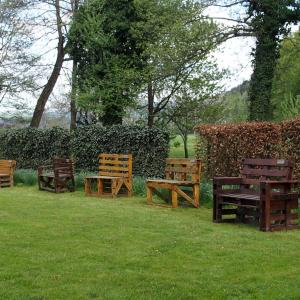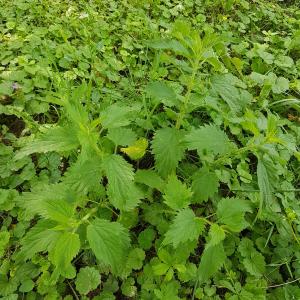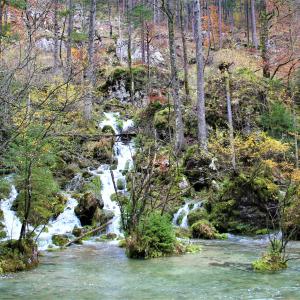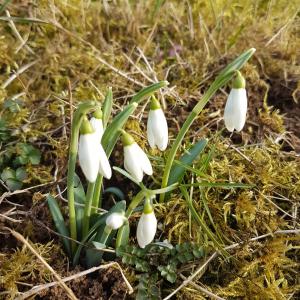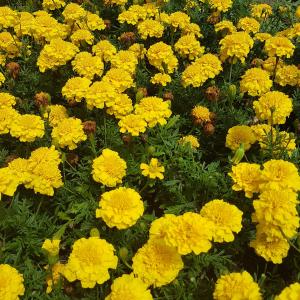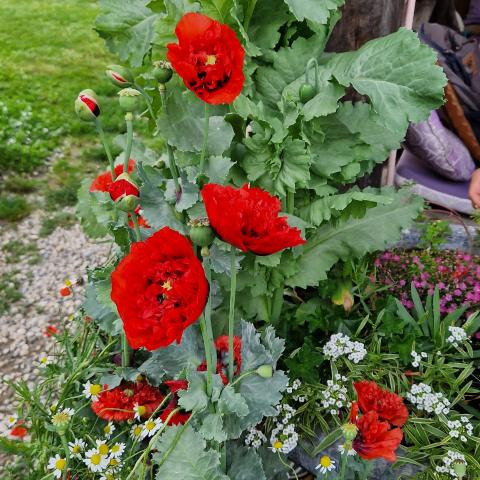
-
Family: Papaveraceae
-
Genus: Papaver
-
Species: There are over 120 species, the most notable being Papaver somniferum (opium poppy) and Papaver rhoeas (corn poppy or common poppy).
-
Leaves: Lobed or dissected, often with a hairy surface.
-
Flowers: Typically large and showy, with four to six petals. Colors range from white to various shades of red, pink, and purple.
-
Fruit: A capsule containing numerous tiny seeds.
-
Seeds: Small, reniform (kidney-shaped), varying in color from white to black.
-
Papaver somniferum (Opium Poppy): Grown for opium production and seeds used in cooking. Known for its medicinal and narcotic properties.
-
Papaver rhoeas (Corn Poppy): Commonly found in fields, notable for its bright red flowers. It is often associated with Remembrance Day.
-
Papaver orientale (Oriental Poppy): Cultivated for ornamental purposes, with large, vibrant flowers.
-
Papaver nudicaule (Iceland Poppy): Known for its delicate, colorful blooms, often used in gardens.
-
Papaver bracteatum (Iranian Poppy): Contains high concentrations of thebaine, a precursor for some pharmaceuticals.
-
Poppies prefer temperate climates. They thrive in full sun and well-drained soil.
-
Fertile, sandy loam or clayey soil with a neutral to slightly alkaline pH is ideal.
-
Seeds: Sown directly in the soil or started indoors.
-
Germination: Requires light, so seeds are sown on the surface and lightly pressed into the soil.
-
Poppies can range in height from a few inches to several feet, depending on the species.
-
They have a relatively short blooming period but can produce flowers continuously under favorable conditions.
-
Opium Production: Opium derived from Papaver somniferum has been used since ancient times for its analgesic and sedative properties. Ancient civilizations, including the Sumerians, Egyptians, and Greeks, utilized opium for medical and ritualistic purposes.
-
Remembrance: The red poppy (Papaver rhoeas) symbolizes remembrance of soldiers who died in World War I. This symbolism originated from the poem "In Flanders Fields" by John McCrae.
-
Mythology: In Greek mythology, poppies were associated with Demeter, the goddess of the harvest, and Hypnos, the god of sleep.
-
Alkaloids: Papaver somniferum contains alkaloids like morphine, codeine, and thebaine, used in pain management and pharmaceutical production.
-
Traditional Medicine: Poppies have been used in traditional remedies for their sedative and pain-relieving properties.
-
Seeds: Poppy seeds are used in baking and cooking, providing a nutty flavor and crunchy texture. They are also used to produce poppy seed oil.
-
Poppy Seed Paste: Used in various dishes, especially in Eastern European cuisine.
-
Various species are cultivated for their attractive flowers, contributing to garden aesthetics and floral arrangements.
-
Crop Rotation: Poppies are sometimes used in crop rotation systems to improve soil health.
-
Poppies are often associated with sleep (due to the opium poppy's sedative effects) and death, symbolizing eternal sleep.
-
Poppies have been depicted in art and literature for centuries, symbolizing both beauty and melancholy. They appear in works ranging from classical mythology to modern poetry.
-
Used in various cultural rituals, often symbolizing regeneration and the cycle of life and death.
-
The cultivation of Papaver somniferum is heavily regulated due to its potential for producing narcotics. In some countries, it is illegal to grow without a license.
-
Illicit Use: Illegal cultivation for opium production contributes to various socio-economic and political issues globally.
-
Intellectual property rights and patents related to poppy-derived pharmaceuticals can be contentious, involving issues of biopiracy and the rights of indigenous communities.
-
Poppies contribute to biodiversity by supporting pollinators like bees and butterflies.
-
Some poppy species can become invasive outside their native range, impacting local ecosystems.
Avilable photo size for
All obout the poppy
- width: 2992 px
- height: 2992 px

